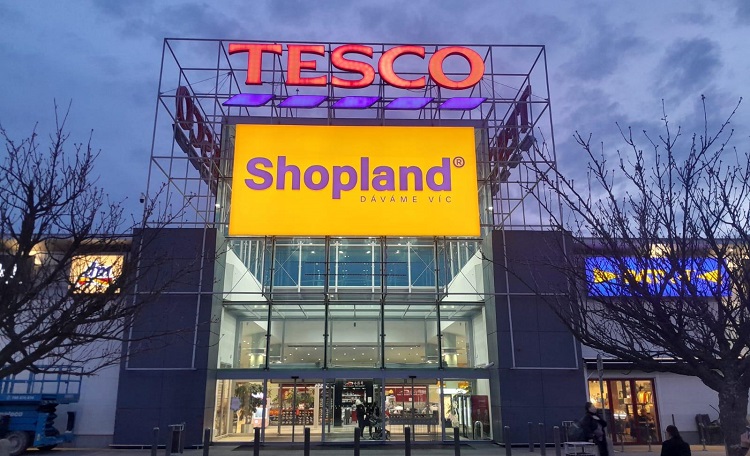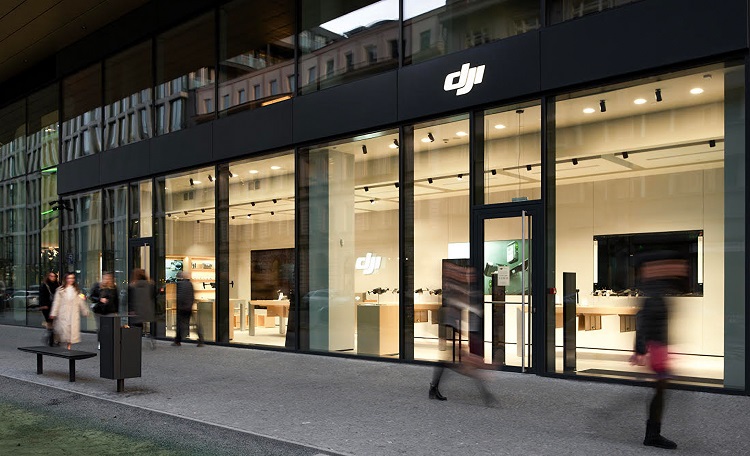- An analysis of over 2,000 retail lease agreements across Europe reveals that operators of leisure concepts signed 15% more leases and occupied 20% more retail space in 2024.
- Rents in prime locations increased across all property types, with retail parks reaching new highs.
- International expansion is accelerating significantly, with retailers focusing more than ever on strategic location planning.
Prime rents on Europe’s leading shopping streets, in shopping centres, and retail parks increased on average in 2024. Leisure concept operators were the most active segment, occupying 20% more floor space year-on-year, according to a study by real estate consultancy firm Cushman & Wakefield. In its latest European Retail Radar report, the company analyzed over 2,000 retail property lease transactions across Europe in which it was involved, in order to provide a representative picture of the retail landscape.
Operators of leisure concepts have been the most active, with a 15% increase in stores and a fifth more retail space leased compared to 2023, as interest in larger units grows. As a result, despite accounting for the fewest transactions of the 10 retail segments, leisure concept operators had the third largest share of occupancy (9%) by floor area.
Robert Skládal, Head of Shopping Centre Leasing and Releasing, Cushman & Wakefield: "Leisure concepts are no longer an add-on, but a key part of a successful retail mix. Owners and brands are now emphasizing the experience, footfall synergies and time on site. Our shopping centre clients are adapting to this change by transforming the internal layout of their spaces to accommodate larger, high-traffic leisure concepts."
The overall number of retail transactions remained flat year-over-year, with a clear preference for units under 600 sq m seen in nearly all retail segments, which accounted for 84% of stores and two-fifths of leased space in 2024. The exception was leisure operators, who can use larger units for concepts such as climbing walls, trampoline parks or virtual reality centres.
Rents Rose in Europe
Rents grew across all retail property types in 2024. For retail parks, rents reached new highs across Europe. Major high streets also saw strong rental growth: 44% of the 209 tracked high streets recorded positive rental growth (compared to 30% at the end of 2022 and 35% at the end of 2023) and 53% had stable rents.
In Prague, the retail market reflects key European trends. Prague's main high streets, led by upmarket Pařížká Street and mass-market Na Příkopě Street, have seen significant demand growth, particularly from fashion and leisure operators. The limited availability of premium space in these areas continues to push rents up.
Marjan Gigov, Specialist for Leasing Premium and Luxury Retail Spaces CE, Cushman & Wakefield: "The luxury segment in Prague is developing rapidly. Brands create a complete luxury experience and compete intensely for the best available locations. We expect more momentum in this regard as more global retailers see Prague as a key location in Central Europe. In the coming months, we expect to see the opening of Ermanno Scervino, MaxMara, Grenardi, Damiani, Pasquale Bruni, La Table and KodlContemporary stores on Pařížská Street."
Of the 107 European shopping centre sub-markets across, tracked by Cushman & Wakefield, a third saw rental increases and only two locations saw declines - a stark contrast to 2023, when rents fell in almost 10% of locations. Positive rent growth was particularly notable in locations in Portugal, Poland and Italy.
While leisure concepts saw the largest growth, fashion retailers remained the busiest retail segment, accounting for 39% of floor space and nearly a third of transactions.
Sportswear brands JD Sports and Sports Direct were among the most active in 2024, as were brands owned by H&M (H&M, COS, & Other Stories, Arket and others) and Inditex (Zara, Massimo Dutti, Oysho, Pull & Bear, Bershka and others).
The Food & Bevererage (F&B) was the second most active in terms of transaction volume, with a 3% increase in the number of stores and approximately the same amount of floor space leased. In 2024, it accounted for 17% of closed stores and 8% of leased space. Established fast food operators such as McDonald's, KFC and Burger King led the way, along with expanding businesses including Hawaiian Poke Bowl and several bubble tea operators such as Bubblify and Crazy Bubble.
International Activity and Positioning Strategy
As retailers adjust to rising rents while facing broader industry challenges such as fragile consumer confidence, margin-threatening operating costs and trade tensions - and more recently tariffs - creating uncertainty over sourcing and inventory prices, their real estate strategies are focused on maximizing revenue capture opportunities while optimizing costs.
Key stores are being converted into strategic destinations with an emphasis on quality over quantity. Accelerating cross-border activity is also significant as companies look for new markets in which to grow and develop. Whereas in the past, brands tended to expand more deeply within a single market, today they are opting for a strategy of fewer but key store locations. This is creating extraordinary demand for prime locations as retailers compete for limited space, further fuelling rental growth in key locations.


















